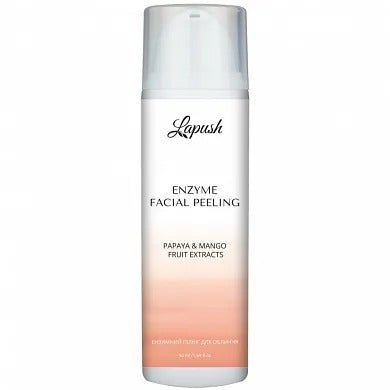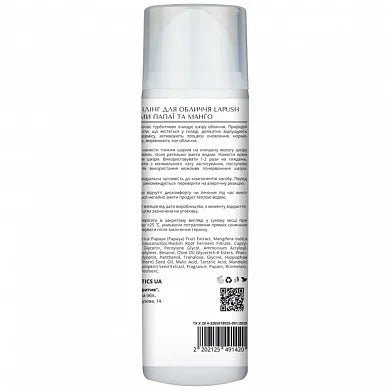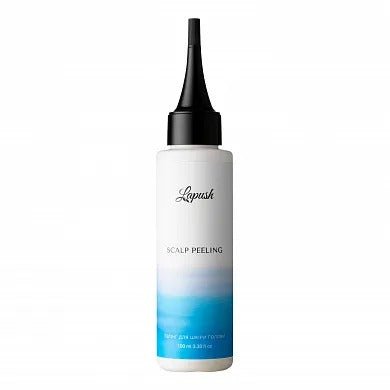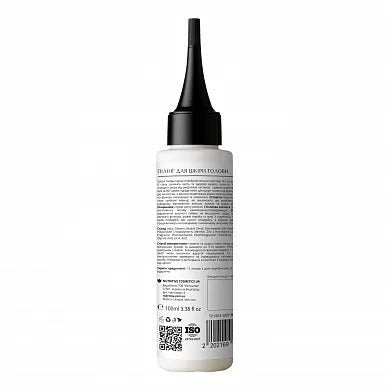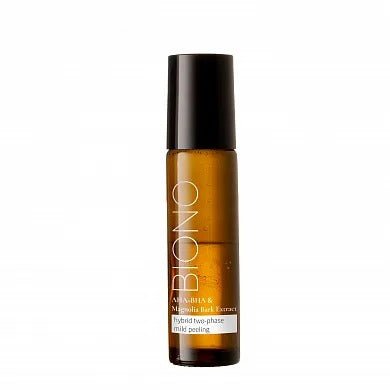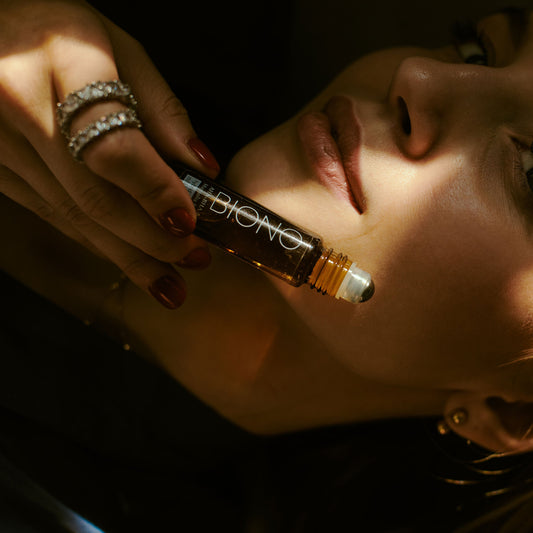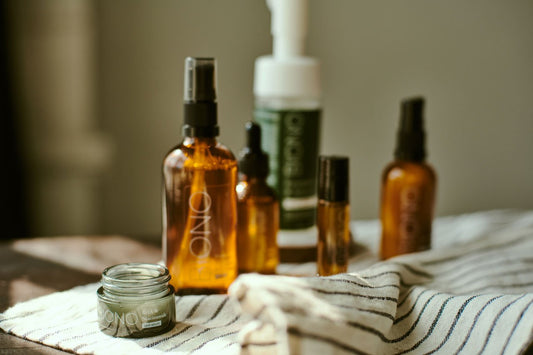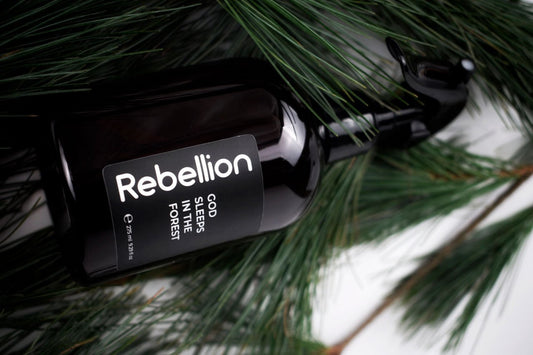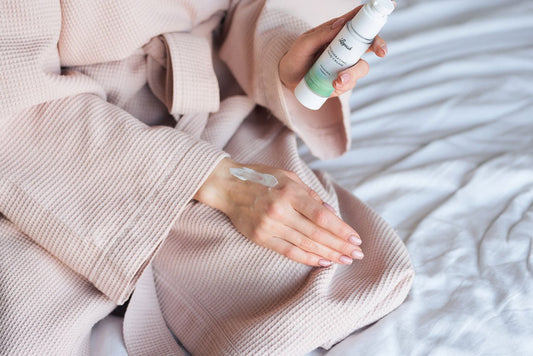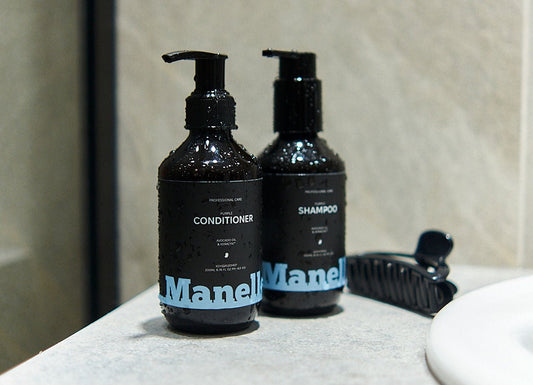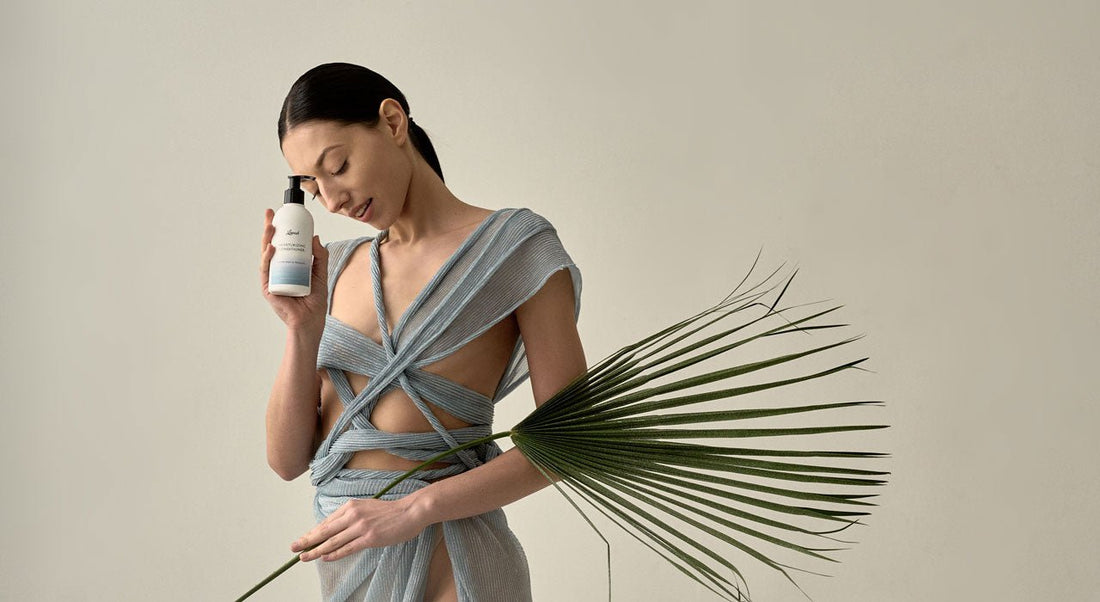
Scalp peeling: a deep cleansing that few people think about
The scalp is the place where beauty and health of hair begin. But it is often forgotten. We carefully cleanse our face, regularly exfoliate, use serums and SPF. But we are used to washing our scalp with shampoo "as much as we can." And in vain. After all, without regular peeling, it, like any other area of the skin, accumulates sebum, dead cells, and styling product residues, which gradually clog pores and inhibit hair growth. The result is itching, dullness, dandruff, or even hair loss.
Scalp peeling is not a fad, but a logical continuation of proper hair care. It's like a "general cleaning" that returns lightness to the skin, improves breathing and activates blood circulation. And it's also just a pleasant procedure that gives a feeling of freshness and cleanliness. So let's take a closer look: how peeling works, who is it suitable for, and what products should be looked for on the shelves.
What is scalp peeling and why is it so effective?
Scalp exfoliation is a deep cleansing that goes beyond what a regular shampoo can do. Its goal is to remove not only surface dirt, but also layers that have accumulated over the weeks: sebum, styling product residue, dead cells, dust mixed with sweat. All this forms a film that prevents the skin from “breathing” and the hair follicles from working at their full potential.
There are two main types of peels: mechanical and chemical. Mechanical peels work by using small particles to remove all the excess from the skin. These can be scrubs based on salt, clay, or charcoal. Chemical peels are a more serious matter: they contain acids (often salicylic or lactic), which gently dissolve excess sebum and cells without damaging the surface. For sensitive skin, it is better to start with these products.
It is important to understand: peeling does not only cleanse. It stimulates blood circulation, improves follicle nutrition, and therefore supports the growth of strong, healthy hair. This is noticeable after just a few treatments: the skin "breathes", dandruff disappears, and hair looks more voluminous.

Who is scalp peeling suitable for: indications and contraindications
Peeling is indicated for those who have typical scalp problems - excessive oiliness, itching, frequent use of styling products, dandruff, or vice versa - dryness and sensitivity. It is also an excellent preparation before medical procedures or the use of ampoules, serums and massages. Cleaned skin absorbs active ingredients better - which means the effect will be more noticeable.
If the scalp is oily, peeling can be done once a week. For normal or dry skin - once every 10-14 days. It all depends on individual needs. It is worth being careful if there are any injuries, irritations or skin diseases (such as psoriasis or eczema) - in such cases, a dermatologist's consultation is required.
I would like to note separately: even if you don't have any scalp problems, peeling can be used prophylactically. It works great in a big city, where polluted air, temperature changes, and wearing hats affect the skin.
How to properly exfoliate your scalp at home
First of all, always read the instructions. Peels differ in composition and concentration. But there are general rules that you should follow. Start by combing your hair well - this will help to evenly apply the product and avoid unnecessary tangling. Most peels are applied to dry or slightly damp scalp, with massage movements - slowly, without pressure.
Leave the product on for a few minutes to allow it to work, then rinse thoroughly with water and shampoo. If it is an acid peel, make sure it is neutralized or completely washed off. Always apply a soothing or moisturizing treatment after the procedure, such as a mask or lotion.
And another important thing: do not exfoliate after coloring or keratin straightening - the active ingredients can change the effect of the procedure or cause irritation.
Which scalp peeling product to choose: expert advice
The choice of product depends not only on your skin type, but also on your preferences. If you like the feeling of "squeaky clean" - pay attention to mechanical peels with charcoal, clay or sea salt. They remove oil and makeup residues well. If your skin is sensitive or you are prone to irritation - it is better to choose mild acid formulas based on lactic, glycolic or salicylic acid.
It's good if the composition contains soothing ingredients: menthol, panthenol, mint, tea tree or calendula extracts. Avoid products with strong fragrances, alcohol or dyes - these ingredients often cause allergic reactions.
Professional brands often have scalp peelings in their line - and this is not a marketing gimmick. They are designed with pH balance in mind and are dermatologically tested. If in doubt, it is better to consult a trichologist or cosmetologist.
Why scalp peeling changes the approach to hair care
When you start regularly exfoliating your scalp, not only does your skin condition change, but your entire care routine changes. Your hair looks more vibrant, your volume stays longer, your roots become less oily, and your hair absorbs masks, serums, and treatments better. This is the case when a small ritual can have a big impact.
In addition, peeling is a moment of self-care. It is not just a technical procedure, but a pleasant contact with yourself, your appearance, your attention. Sometimes five minutes with a fragrant product is enough to feel that you are "in the resource" again.
Trichological scalp peeling: when to consult a specialist
Trichological peeling is not just a deep cleansing, but a whole complex of procedures performed by a hair and scalp care specialist. Unlike home remedies, trichological peeling is always selected individually: taking into account skin type, the presence of dermatological problems, the rate of hair loss, and the condition of the follicles. This approach is especially important if you have chronic dandruff, seborrheic dermatitis, a constant feeling of itching, or increased oiliness that conventional remedies cannot cope with.
In the salon or clinic, a trichologist applies a special formula that gently but deeply cleanses the skin, dissolves sebum, normalizes microflora and activates blood circulation. Some products also contain antibacterial or anti-inflammatory components, which are suitable even for problematic or sensitive skin. After the procedure, the absorption of active substances from therapeutic serums or ampoules, which often come in combination with peeling, is significantly improved.
It is especially worth considering a trichological peel if you are undergoing a hair restoration course after hormonal changes, stress, or pregnancy. It is not a magic wand, but it is one of the most effective steps in restoring scalp health and stimulating the growth of new strands.
Professional scalp peeling: what distinguishes it from home peeling
Professional scalp peeling is a product with a clearly balanced composition, designed for use in salon conditions or under the supervision of a specialist. Its main advantage is a high concentration of active ingredients and a scientifically proven composition that really works. Such peeling acts not only on the surface of the skin, but also in deeper layers, helping to solve complex dermatological problems: for example, normalize the work of the sebaceous glands, reduce peeling, eliminate stagnation in the follicles.
In professional lines, multi-component formulas with acids (salicylic, glycolic, lactic), enzymes, anti-inflammatory extracts (mint, tea tree, calendula) and trace elements are often found. They gently dissolve impurities, restore microcirculation and do not disrupt the hydrolipid balance. After such a procedure, the hair looks alive and shiny, and the scalp is clean and healthy.
Another feature of professional peeling is its longer-lasting effect. Unlike home scrubs or masks, the result lasts for a long time, especially if the procedure is part of a care course. Therefore, if you want to take your care to a new level or are struggling with problems that cannot be solved with regular shampoo, professional scalp peeling will be an effective and safe solution.
Conclusion: Scalp exfoliation is the foundation of healthy hair growth
Regular scalp exfoliation is not just an additional step in care, but an important component, without which it is difficult to achieve true hair health. Pollution, cosmetic residues, sebum and dead cells block follicles, impair blood circulation and, ultimately, reduce the effectiveness of even the best care products. Exfoliation removes these barriers, allowing the skin to breathe and the hair to grow strong and shiny.
It doesn't matter whether you choose a mild home scrub, a professional acid product, or undergo a trichological course at a clinic - the main thing is that the peeling is regular and tailored to individual needs. This is especially important for residents of large cities, where the aggressive environment literally settles on the scalp. Cleansing once every 1-2 weeks can noticeably change the condition of your hair in just a month.
And finally: care does not start with trendy ampoules or Instagram products, but with the basics. A clean, healthy scalp is the foundation on which the beauty and strength of hair is built. Peeling is not a whim, but your tool of care that works gently, deeply, and effectively.

